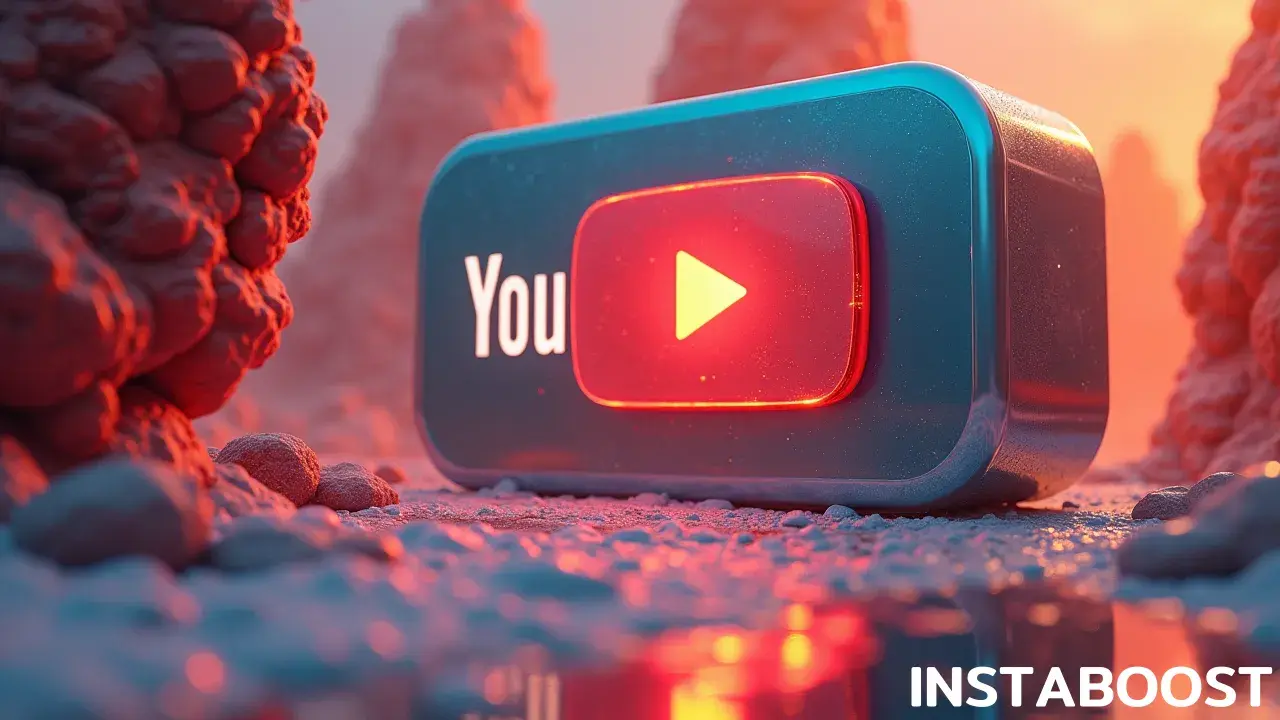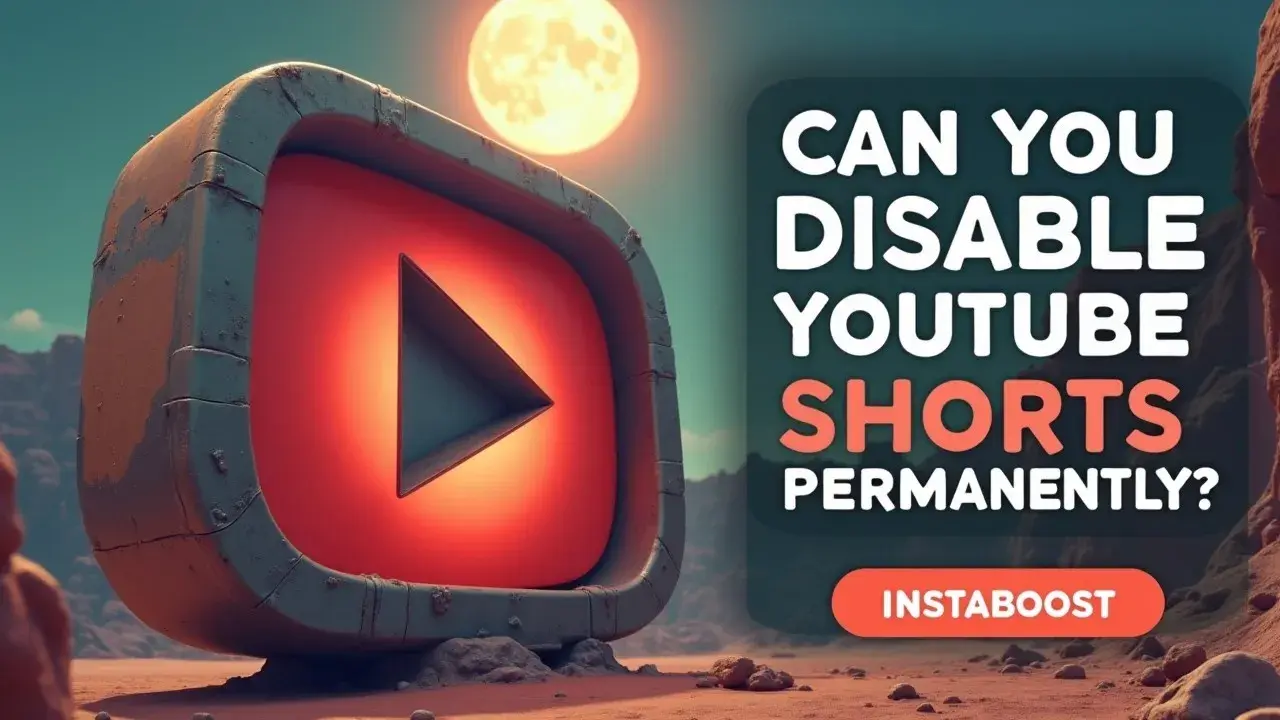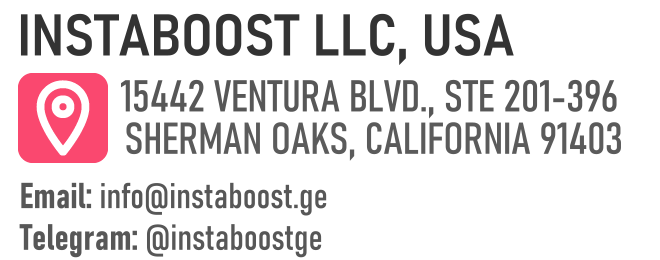Can You Disable YouTube Shorts Permanently?
You can significantly reduce the visibility of Shorts, though true permanence is uncommon. Doing so does not have to hurt growth when paired with steady release timing and simple tracking. Monitor how retention stabilizes after day three, then adjust cadence to maintain watch time while focusing on core content. This balance supports clearer positioning, healthier metrics, and a calmer workflow that makes results more repeatable.
Why People Want Fewer Shorts – and What “Disable” Really Means
You can’t flip a master switch to erase Shorts from YouTube, but you can push them into the background across the app and your channel without hurting reach or sanity. The practical move is to choose what you want to dial down: your own exposure as a viewer, the algorithm’s appetite on your homepage, or the role Shorts play in your creator plan. Each path works when matched to intent and measured cleanly, and framing your next steps through a sustainable growth lens helps you level up your YouTube growth without letting Shorts dictate the narrative.
As a viewer, muting topics, marking “Not interested,” and tightening Subscriptions trains your feed, especially if you reinforce those signals for a week instead of rage-tapping once. As a creator, you can de-emphasize Shorts while keeping growth by setting a steady cadence for long-form, using Chapters and thumbnails that attract the right clicks, and reserving Shorts for qualified cases like event highlights, creator collabs, or targeted promotion around launches. This pairs well with clean analytics, such as separate dashboards or playlists for Shorts versus long-form, so retention curves, average view duration, and real comments aren’t blended into noise.
If you run paid accelerants, use reputable sources and small tests. Early momentum helps when it matches audience fit, not when it spikes empty traffic. The non-obvious upside is that reducing Shorts often improves focus metrics because your audience gets clearer expectations and the algorithm follows your consistency.
In practice, you can “disable” their impact on your experience and outcomes even if the button doesn’t exist. Next, we’ll cover practical settings, app tweaks, and channel tactics to keep Shorts in a controlled lane so your homepage breathes, your watch time stabilizes, and your workflow gets calmer without sacrificing discoverability.
In practice, you can “disable” their impact on your experience and outcomes even if the button doesn’t exist. Next, we’ll cover practical settings, app tweaks, and channel tactics to keep Shorts in a controlled lane so your homepage breathes, your watch time stabilizes, and your workflow gets calmer without sacrificing discoverability.

Why Trust Matters When You “Disable” Without Damage
Here’s what trips people up at the start: they treat “disable YouTube Shorts” like a single switch, then blame the platform when results zigzag. Trust comes from defining the outcome and measuring it cleanly. If you’re a viewer, that means training the algorithm with consistent signals – Not Interested taps, hiding specific Shorts shelves, and pausing watch history – so your homepage settles down. If you’re a creator, it’s about intent and clarity. Update upload defaults, separate Shorts from long form in playlists, set focused end screens, and watch how your browse impressions shift over two weeks.
The reliable path is selective, not absolute. Reduce exposure where it hurts focus while preserving reach where it compounds. Pair this with a simple testing loop – two weeks of steady cadence, annotations off for Shorts, pinned comments that point viewers to cornerstone videos, and clean analytics segmented by surface (Shorts feed vs. Home). When you run accelerants like targeted promotion or creator collabs, pick reputable partners, narrow the audience, and watch for real comments and repeat viewers instead of vanity bursts, because even tools people mention to buy real YouTube followers can contaminate signals if they’re not vetted.
The non-obvious insight is that shrinking Shorts’ footprint can lift long-form velocity if you protect retention signals – session starts, end-screen CTR, and average view duration – because the homepage algorithm favors stable watch time over sporadic spikes. That’s how you “disable” Shorts’ sway without kneecapping growth. Track day-three retention and returning viewers. If they rise while Shorts watch time falls, you’ve proven fit. And if you add an external nudge, qualified services matched to your niche and timing can boost early momentum, as long as you audit traffic quality and keep safeguards on attribution.
Strategy: Dial Down Without Starving Growth
If it looks too tidy, it’s rarely the whole picture. Treat “disable YouTube Shorts permanently” as a system you tune, not a switch you flip. Start by picking the surface you’re optimizing for: viewer experience, homepage hygiene, or creator footprint. For viewers, stack consistent signals for 14 days. Tap Not Interested on weak Shorts, clear or pause watch history during retraining, and deliberately watch 2 – 3 longer videos per session to anchor recommendations. For your homepage, prune specific Shorts shelves and seed long-form playlists.
The algorithm mirrors recent, high-retention behavior. For creators, move from reactive posting to an intent-led cadence. Keep Shorts in a supporting role and schedule long-form anchors on the same day and hour for four weeks. Pair each upload with retention signals – tight hooks, fast context, visible payoffs – plus real comments you answer within the first hour, and one qualified promotion burst sized to your typical daily views so it accelerates without distorting. Track with clean analytics. Create separate groups for Shorts and long-form, watch 30-second retention and end-screen clicks, and review after day three when patterns settle.
If a Short trims session depth, shift it into a community post or fold it into a teaser for your next long video. Collaborate with creators whose audiences actually overlap, not just whose views look big, and remember that chasing surface metrics or organic-looking likes for YouTube rarely compensates for weak session depth. The smart path isn’t abstinence. It’s proportion. When you tame the inputs and run a simple testing loop, Shorts move to the background without kneecapping reach, and growth becomes repeatable enough to ride out algorithm mood swings. Searching for “reduce YouTube Shorts on homepage” can surface updated toggles, but the compounding gains come from signals, cadence, and restraint working together.
The Myth of “Permanent” and How It Warps Your Metrics
Apparently, the secret to growth is crying into a Google Sheet. If you treat “disable YouTube Shorts permanently” like a purity pledge, you end up with messy data and weaker choices. The algorithm isn’t a judge. It’s a mirror. Going cold turkey without a plan collapses useful signals: your watch history gets fuzzy, your homepage resets unpredictably, and as a creator, your retention curves lose comparables. The smarter move is conditional.
Dial down Shorts where they contaminate your goals, and keep them where they accelerate outcomes you actually track. As a viewer, that looks like steady “Not Interested” taps and hiding Shorts shelves, with history paused during detox windows, then re-enabled so the system can relearn your taste. As a creator, it’s pruning, not purging. Archive misaligned clips, ring-fence Shorts in dedicated playlists, and split analytics views so long-form doesn’t inherit Shorts volatility. If you run paid tests or cross-promotions, add clean safeguards – targeted promotion to qualified audiences, pinned comments that route traffic to the right format, and collaborations matched to intent – so you build retention signals instead of spikes, not just chase vanity bursts that gain traction with high view counts while scrambling your baselines.
The pivot is simple: you’re not quitting an entire surface. You’re matching surfaces to objectives and measuring them in isolation. Use a weekly checkpoint: day-three retention and comments with substance, not just velocity. If they strengthen, your “disable” tactic is working. If they wobble, adjust cadence or narrow distribution rather than swear off Shorts. Searching for “how to remove YouTube Shorts” is fine. Just translate that urge into a system you can tune, not a switch you flip. That’s how you calm your feed without starving growth.
The Practical Exit: Build a Repeatable Loop, Not a Final Goodbye
Maybe all this gave you was a better question. If you’re still set on dialing back YouTube Shorts, make the finale a process you can run, not a vow you’ll break. Define success in plain metrics before you touch a toggle – a consistent homepage cleanliness score, watch history relevance after 72 hours, and for creators, retention to 30 seconds plus comment quality.
Then stack tools that match the job. Use a reputable sponsor-blocker or filter extension to scrub the feed you actually use, schedule muted, evergreen Longs to sustain watch-time signals, and set a weekly review where you label five Shorts as hide, tolerate, or convert based on how they affect recommendations. If you promote, do it with targeted promotion tied to clean analytics and a short testing loop with a small budget, a tight audience, and a clear retention checkpoint, so you’re not paying to learn the wrong lesson; when you need outside momentum, sanity-check it against YouTube share boost that works benchmarks rather than chasing vanity spikes.
Collaborate with creators whose audiences already engage on longer form – that pairing shifts the algorithmic context without starving growth. As a viewer, prune aggressively for a week, then taper. As a creator, reduce cadence to a predictable slot and track how velocity versus watch time stabilizes after day three. The non-obvious win is that the act of disabling becomes a calibration ritual that protects your signals instead of choking them. You avoid the purity trap, keep your dataset coherent, and gain room to focus. If you need accelerants, pick qualified tools and campaigns matched to intent and backed by safeguards. That way, disable YouTube Shorts permanently stops being a cliff and becomes a ramp you can climb and descend on purpose.















